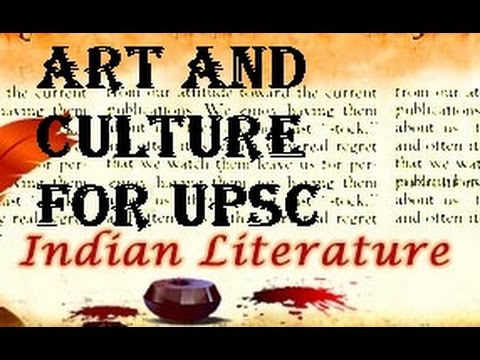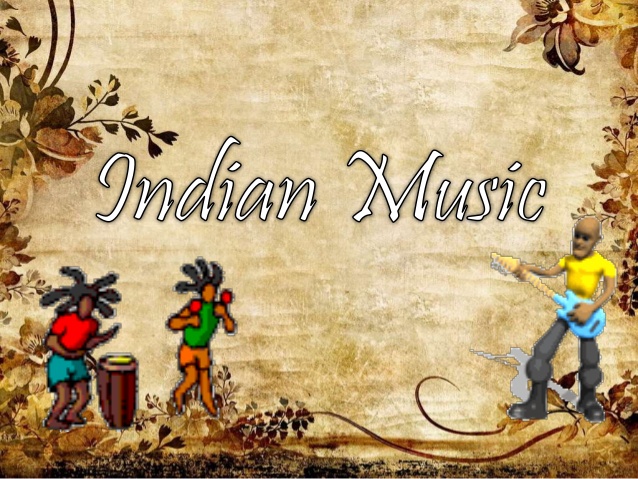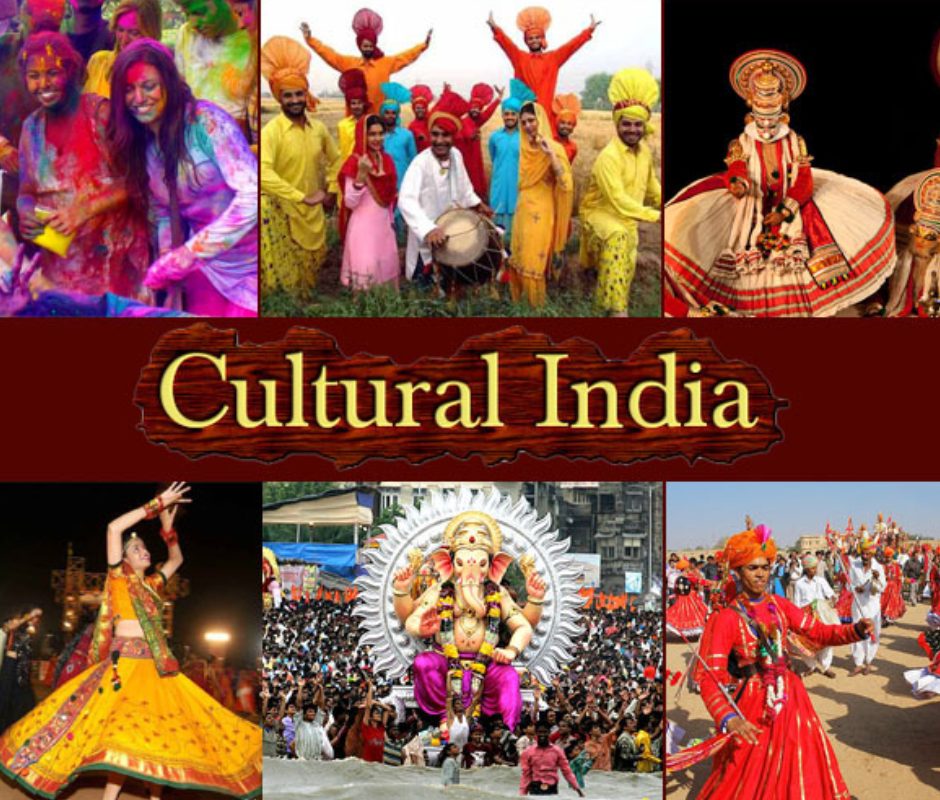Every IAS Academy tutors all aspirants by covering an extensive range of subjective matters that carry utmost importance when it comes to preparing for UPSC Civil Service Exams. The significance of learning different subjects helps every successful IAS to take critical decisions that will create a positive impact on the country and the issue. Of all the different topics that are discussed, Indian Culture, Heritage and Art become subjects of great importance.
India is a country filled with rich culture and heritage and it has a major involvement in the overall development of the country. Music, dance, folk traditions, rites, paintings, poetry, writing, etc.play a superior role. As an IAS aspirant it is vital to know and understand the richness of arts and culture in India.
Subjects Prepared by IAS Academy on Arts and Culture
- Indian Architectural and Statuette Culture
The immense richness carried by Architectures and Sculptures seen in cut rocks, tombs, temple pillars, statuettes speak about the different types of civilisations that flourished in India from time-to-time. These architectural relics well preserved, showcases multi-cultural unity was strong even in ancestral times. Each IAS Academy helps giving students the detailed study material that emphasises the importance of Indian Architectural and Statuette Culture required to prepare for UPSC Exam.
- Paintings of India
Pre-historic painting takes one on a journey of the different cultures and art that flourished in India during those times. The paintings represent multi-cultural and multi-social facets that lived during the ancestral times. Madhubani paintings, Tanjore paintings, Pahari Paintings, etc.are a few that every IAS Academy prepares one to study for IAS prelims.
IAS Academy’s Tutoring on Indian Literature and Indian Dance

- Literature showcasing Indian Culture
Materials found on the Indian Literature on Vedas, on cultures of Jains and Buddhist, Upanishads, Sangam, Puranas, etc., explain in detail the rich literary heritage that India inherits. The number of languages, its scriptures, the diversities and the depth of unity that binds all languages together is brought out beautifully through these written biblical volumes. It is the responsibility of all IAS Academy tutors to bring the vitality of this subject into the hands of the aspirants through good times.
- Dance and Theatre Art in India
The vast spread cultural heritage of India gives major importance to different dance forms such as Classical dance, folk dance, etc. Every state in India follows its cultural style of dance such as Bharatanatyam, Kucchupudi, Oddisi, Kathak, Manipuri, Kathakali and many more to name. Theatre becomes a part that is indispensable when it comes to abundant culture of India. Well-explained material on Indian Dance and Theatre is provided by all IAS Academy for UPSC preparations.
India is filled with numerous cultural institutions, Philosophy school, heritage highlighting Indian handicrafts, UNESCO which aids different corporations looking into preservation of Indian heritage. Facts and specifics on all of the above is available as educational material for IAS aspirants helping them to be well prepared.
IAS Academy Enlighten Indian Music be Substantial for UPSC
Indian music sees a variety of Classical, Folk, Pop, Countryside, etc. But the two main streams that is followed traditionally are Carnatic and Hindustani classical music. The southern side has the dominance of Carnatic music whereas Hindustani Shashtriya Sangeet is found majorly in the North and Central part of the country. Hindustani music is said to have its traditions influenced by the performances of the Persians during the Mughal period. From Here – you can check out the role of Indian music in UPSC exams.

- Carnatic Music
Tamil Nadu, Kerala, Andhra Pradesh and Karnataka are the regions in southern India who follows the rich taste of Carnatic music. The style follows a very melodic structure with many variations and improvisations. The founder father of Carnatic music is Purandara Dasa and he has brought about much enhancement to the art form through many cultural and spiritual songs in the repertoire of Carnatic music. Every Carnatic music performance consists of a predominant Vocalist or Instrumentalist along with some accompanying artists such as a rhythm keeper, a mridangist and the drone keeper, a tambura player.
- Hindustani Music
The two maestros Vishnu Digambar Paluskar and Vishnu Narayan Bhatkhande are considered as the forefathers of Hindustani Shashtriya Sangeet, who took this style of music to different cultures right from children in schools up to having a standardised system. They not only standardised the system but also universalised its notations, called Swaras system, making it simpler and easier for it to be known to even the unknown. Dhrupad, Khayal, Tarana, Tappa, Thumri, Ghazal are all different forms involved in Hindustani Classical Music style.
In India, Indian arts such as a Performing Art, Literary Art and Visual Art play major role when it comes to enriching and enhancing the Indian Art and Cultural Heritage. Every IAS Academy aims to bring this richness in the form of educational books that is required as part of the preparation process for UPSC Civil Service Exams.


